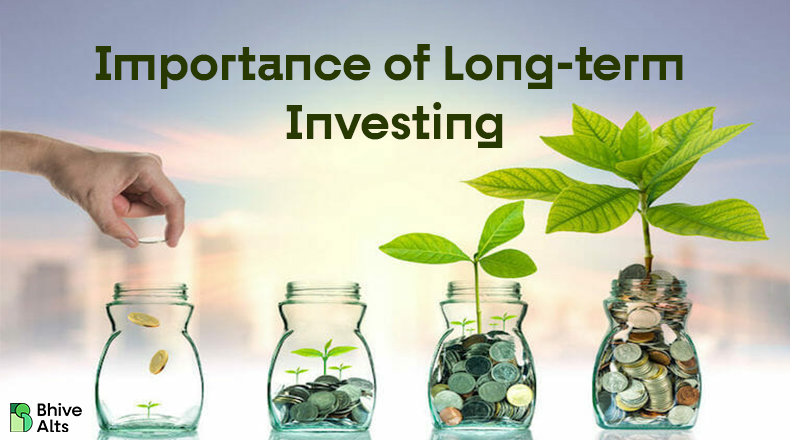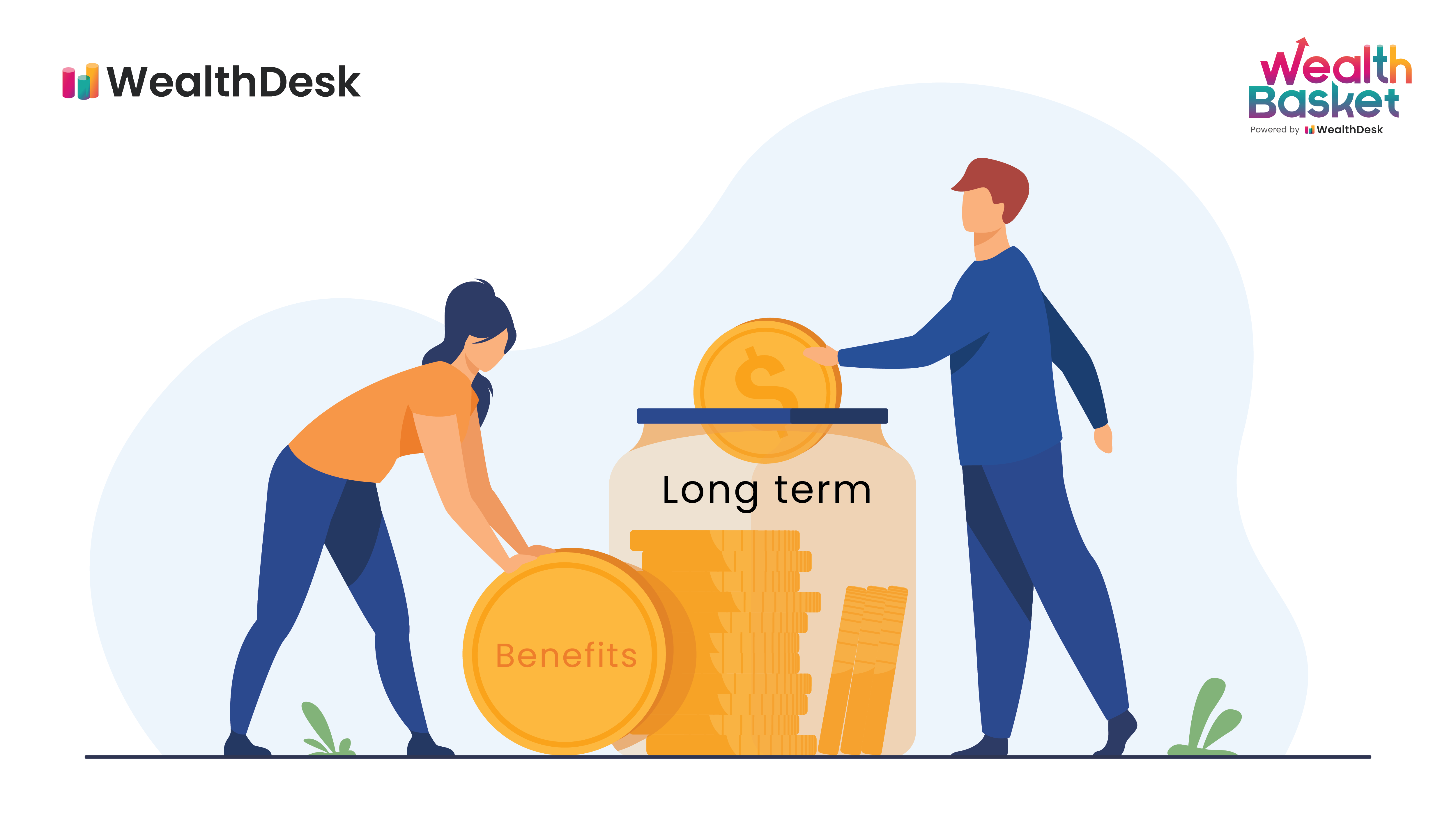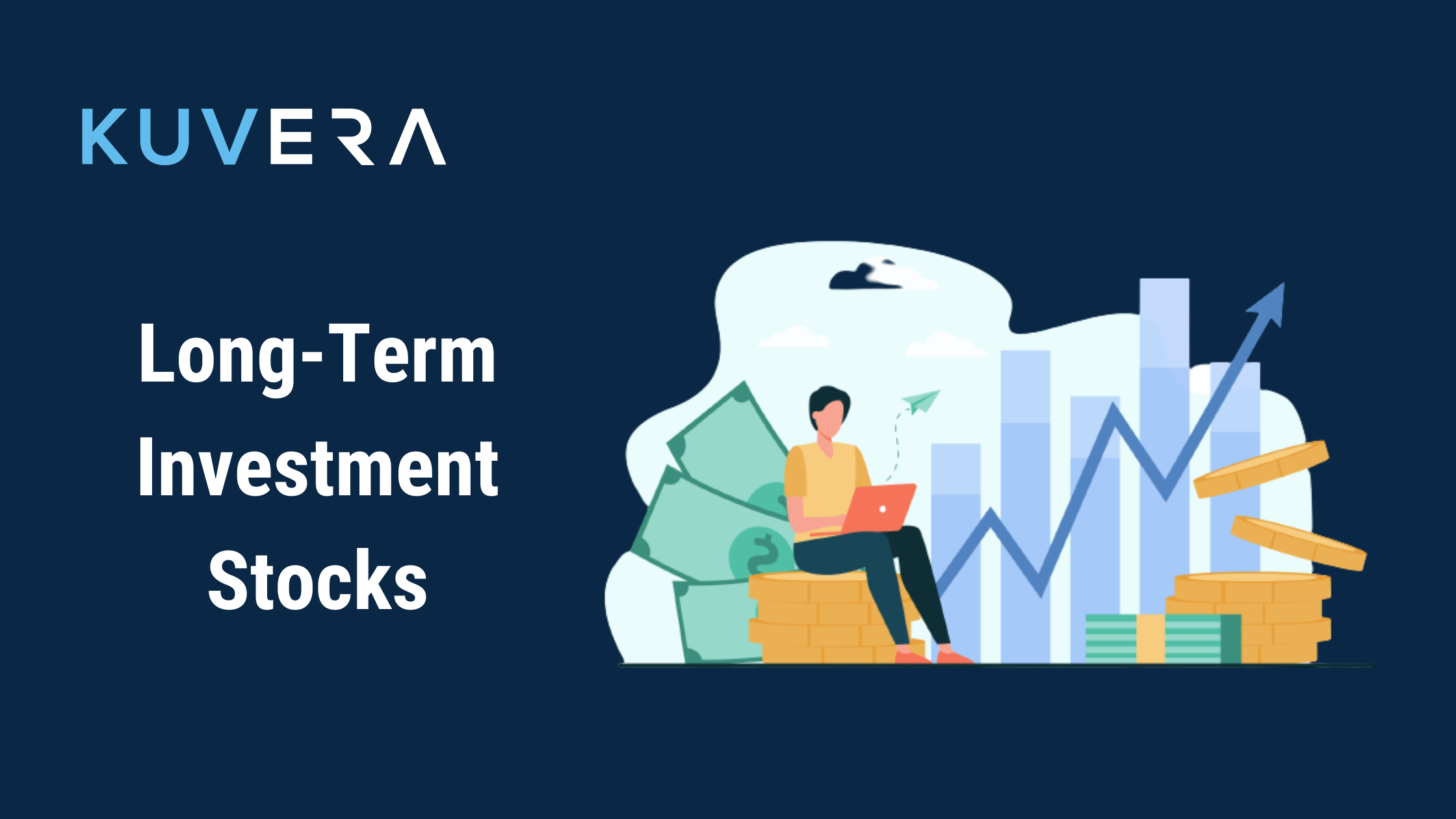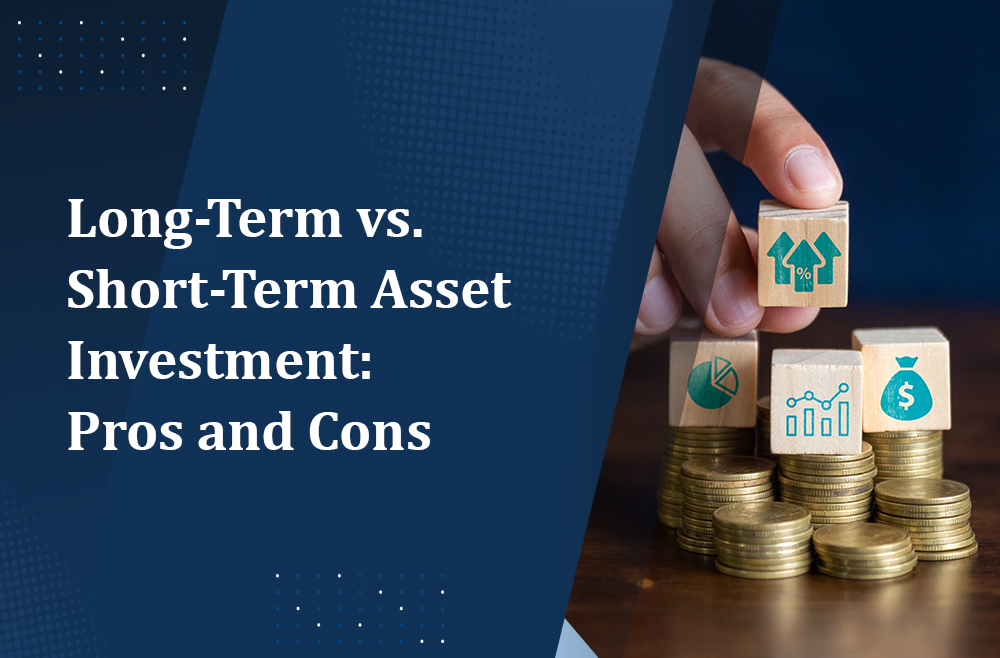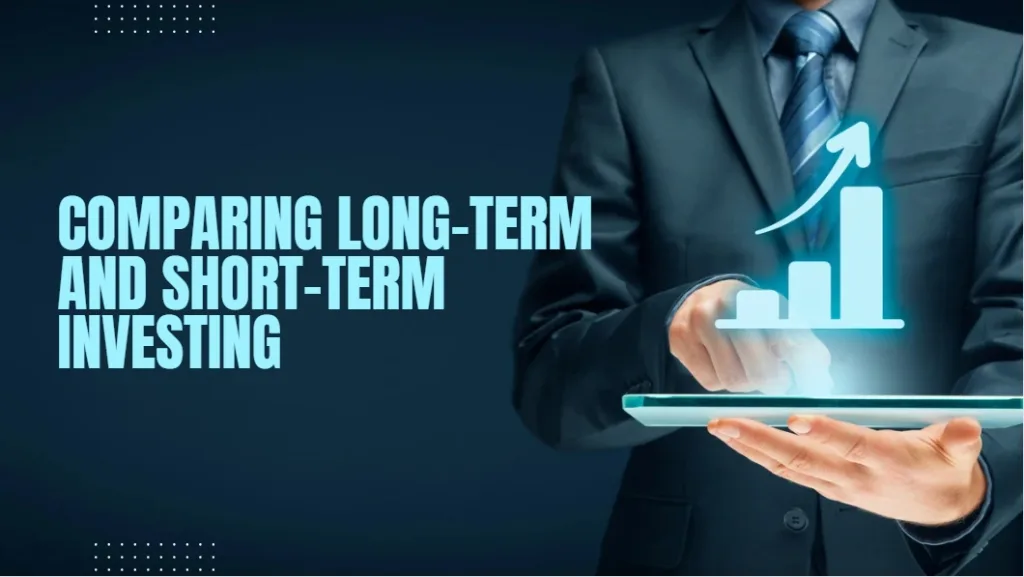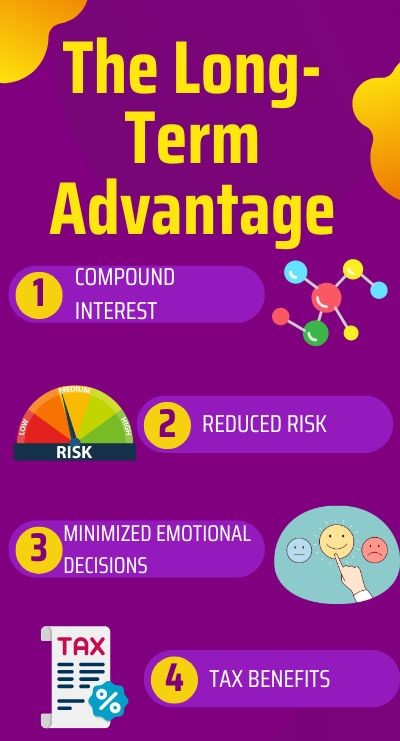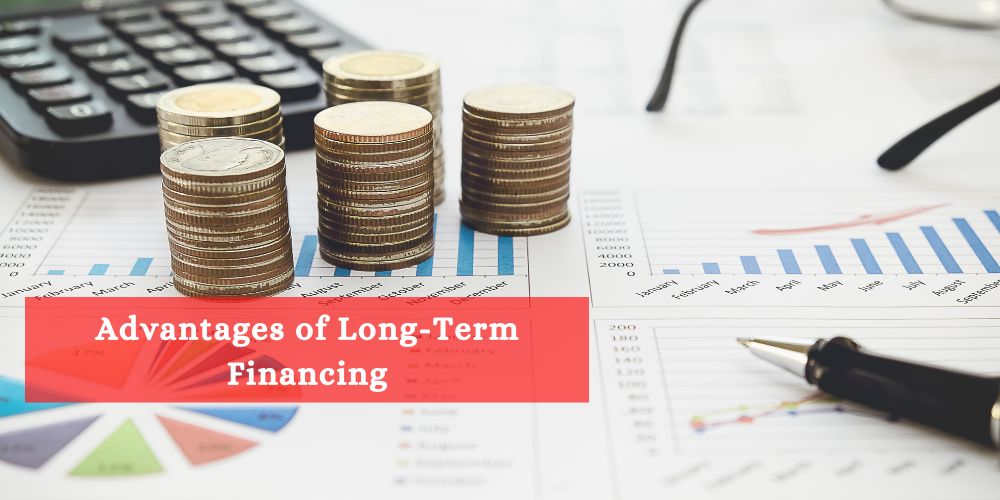One Common Advantage Of A Long Term Investment Is

The relentless pursuit of financial security often feels like navigating a turbulent sea, with waves of inflation, market volatility, and economic uncertainty crashing against the hull of our savings. Amidst this financial tempest, one beacon of hope consistently shines through: the enduring power of long-term investing.
But what is it about patiently nurturing investments over years, even decades, that offers such resilience? One of the most compelling advantages of long-term investing is the potential for compound growth. This article delves into the mechanics of compounding, explores its benefits, examines potential drawbacks, and offers insights into maximizing its potential.
The Magic of Compounding
At its core, compounding is simply earning returns on your returns. Imagine investing $1,000 and earning a 7% return in the first year, bringing your total to $1,070.
The following year, you earn 7% not just on the initial $1,000, but on the entire $1,070. This snowball effect accelerates over time, turning modest investments into substantial sums.
Albert Einstein famously called compound interest "the eighth wonder of the world," and for good reason. This principle unlocks wealth-building potential that surpasses simple linear growth.
Benefits Beyond Returns
Beyond the pure mathematical advantage of compounding, long-term investing offers several other benefits. Time acts as a buffer against short-term market fluctuations.
While day-to-day volatility might cause anxiety, a long-term horizon allows investments to weather storms and recover from downturns. This is particularly true with diversified portfolios, spreading risk across different asset classes.
Tax advantages often accrue to long-term investments. In many jurisdictions, capital gains taxes are lower for assets held for longer periods, further boosting returns.
Reduced Transaction Costs
Frequent trading incurs brokerage fees and can trigger short-term capital gains taxes, eating into profits. A buy-and-hold strategy minimizes these costs, allowing more of your money to work for you.
Focusing on long-term growth also simplifies investment management. Instead of constantly monitoring market trends and making reactive decisions, investors can adopt a more passive, strategic approach.
This allows individuals to concentrate on other aspects of their lives, rather than becoming consumed by the minute details of their portfolio.
Potential Drawbacks and Considerations
While the advantages of long-term investing are considerable, it's crucial to acknowledge potential drawbacks. Inflation can erode the real value of returns over time. Therefore, it's essential to choose investments that outpace inflation.
Liquidity can also be a concern. Locking up funds for extended periods may limit access to capital in case of unexpected emergencies.
Changes in personal circumstances, such as job loss or major life events, might necessitate adjustments to investment strategies.
The Importance of Diversification
Even with a long-term focus, diversification remains paramount. Putting all your eggs in one basket, regardless of the time horizon, significantly increases risk.
Spreading investments across different asset classes, industries, and geographic regions mitigates potential losses and enhances overall portfolio stability. A well-diversified portfolio reduces vulnerability to sector-specific downturns.
Regularly rebalancing the portfolio is also crucial. This ensures that asset allocation remains aligned with your risk tolerance and investment goals as time progresses.
Strategies for Maximizing Long-Term Growth
To fully harness the power of compounding, consider these strategies. Start early. The sooner you begin investing, the more time your money has to grow.
Even small, consistent contributions can accumulate significantly over decades. Automate investments. Setting up automatic transfers to your investment accounts ensures consistent contributions, regardless of market conditions.
Reinvest dividends and capital gains. This accelerates the compounding effect by adding earned income back into your investment base. Review and adjust your portfolio periodically.
"The best time to plant a tree was 20 years ago. The second best time is now." - Chinese Proverb
While the principles of long-term investing remain constant, individual circumstances and market conditions evolve. Regularly reviewing your portfolio and making adjustments as needed ensures that your investments remain aligned with your long-term goals.
Looking Ahead
In an era of financial complexity, the simplicity and power of long-term compounding remain a cornerstone of wealth creation. By embracing patience, diversification, and consistent investment habits, individuals can unlock the potential for substantial financial growth.
While market fluctuations and economic uncertainties are inevitable, a long-term perspective provides a solid foundation for navigating the financial landscape. The journey may require discipline and perseverance, but the potential rewards are well worth the effort.
The future of financial security hinges on the ability to harness the power of compounding, turning modest savings into a legacy of wealth and prosperity.
